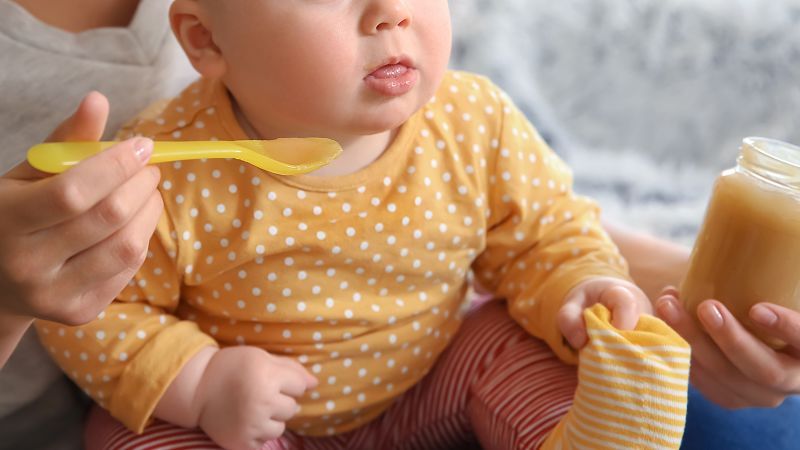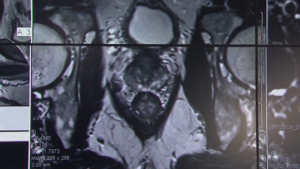Key takeaways:
- The US Food and Drug Administration (FDA) issued new draft guidance proposing that the allowable levels of lead in certain baby and toddler foods should be set at 20 parts per billion or less.
- The FDA estimates that these action levels could result in as much as a 24-27% reduction in exposure to lead from these foods for babies and young children who eat them.
- The FDA is now seeking public comment on the proposed guidance and is committed to protecting the health and safety of the public.
The US Food and Drug Administration (FDA) issued new draft guidance on Tuesday, proposing that the allowable levels of lead in certain baby and toddler foods should be set at 20 parts per billion or less. The foods covered by the new proposal include processed baby foods sold in boxes, jars, pouches and tubs for babies and young children younger than 2 years old.
In a statement, FDA Commissioner Dr. Robert Califf said that the agency estimates that these action levels could result in as much as a 24-27% reduction in exposure to lead from these foods for babies and young children who eat them.
The FDA report explains that lead is “widely present” in the environment both naturally, and in part due to human activities. Prolonged exposure to lead may result in “learning disabilities, behavior difficulties, and lowered IQ,” as well “immunological, cardiovascular, renal, and reproductive and/or developmental effects.”
The FDA is now seeking public comment on the proposed guidance. The agency encourages the public to submit comments, scientific data, research results, or other information that may help the agency in its decision-making process.
The FDA is committed to protecting the health and safety of the public, and this new draft guidance is an important step in reducing the exposure of babies and young children to lead. The agency will continue to monitor the situation and take further action as necessary.



Be First to Comment